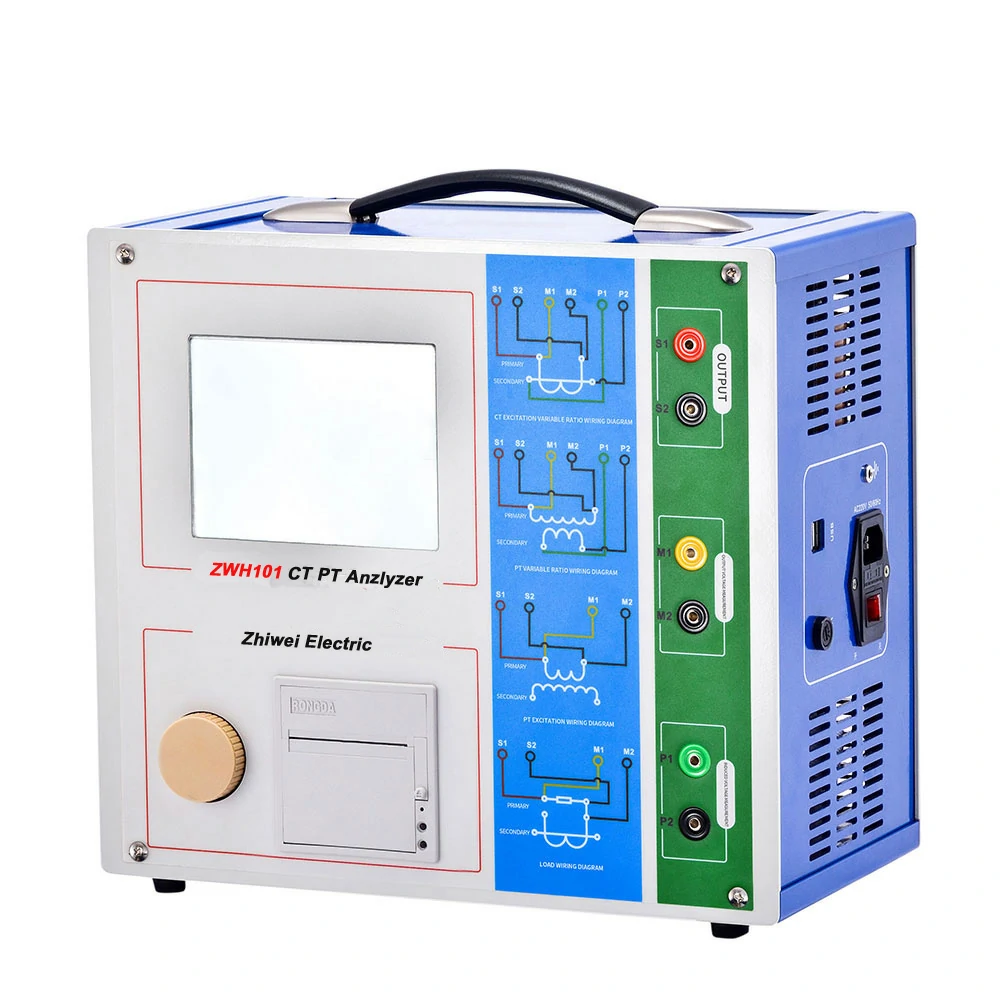Temperature can significantly affect the results of current transformer (CT) and potential transformer (PT) testing, which are crucial for ensuring the accuracy and reliability of these devices in electrical power systems.
Here’s how temperature impacts CT and PT test results:
- Magnetic Properties: CTs and PTs rely on magnetic cores to transform current and voltage respectively. Changes in temperature can alter the magnetic properties of the core material, affecting the transformer’s performance. For example, variations in temperature can cause changes in permeability, which can affect the accuracy of the transformation ratio.
- Saturation Effects: Temperature changes can lead to saturation of the transformer core material. Saturation occurs when the magnetic flux density reaches its maximum level, causing nonlinear behavior in the transformer’s response to current or voltage inputs. Saturation can affect the accuracy of the transformation ratio and introduce errors in the test results.
- Resistive Components: CTs and PTs also have resistive components, such as windings and connections, which can be affected by temperature changes. Changes in temperature can alter the resistance of these components, leading to variations in the voltage drop or current loss across them. This can impact the overall performance and accuracy of the transformer.
- Dielectric Properties: In the case of PTs, temperature changes can affect the dielectric properties of the insulation materials used in the transformer. Variations in temperature can lead to changes in insulation resistance, dielectric strength, and capacitance, ct pt test which can impact the accuracy and reliability of voltage measurements.
- Compensation: To mitigate the effects of temperature on CT and PT test results, compensation techniques may be employed. These techniques involve calibrating the test equipment or adjusting the test results based on temperature measurements. Compensation algorithms may account for temperature-dependent factors such as core saturation, winding resistance, and dielectric properties to improve the accuracy of the test results.
- Ambient Temperature: The ambient temperature surrounding the CT or PT can also impact its performance. For example, CTs installed outdoors may be exposed to a wide range of temperatures, which can affect their accuracy over time. Proper environmental monitoring and temperature control can help minimize the impact of ambient temperature variations on CT and PT performance.
Overall, temperature variations can affect CT and PT test results by influencing magnetic properties, causing saturation effects, altering resistive components, affecting dielectric properties, and impacting ambient conditions. Understanding and accounting for these effects are essential for ensuring accurate and reliable testing of CTs and PTs in electrical power systems.
